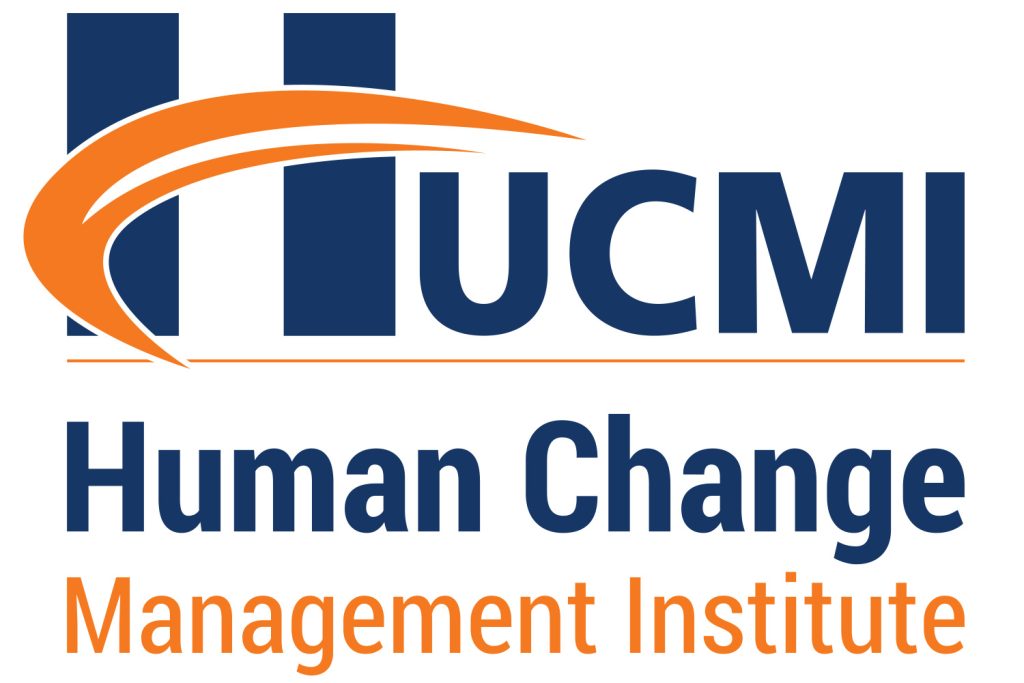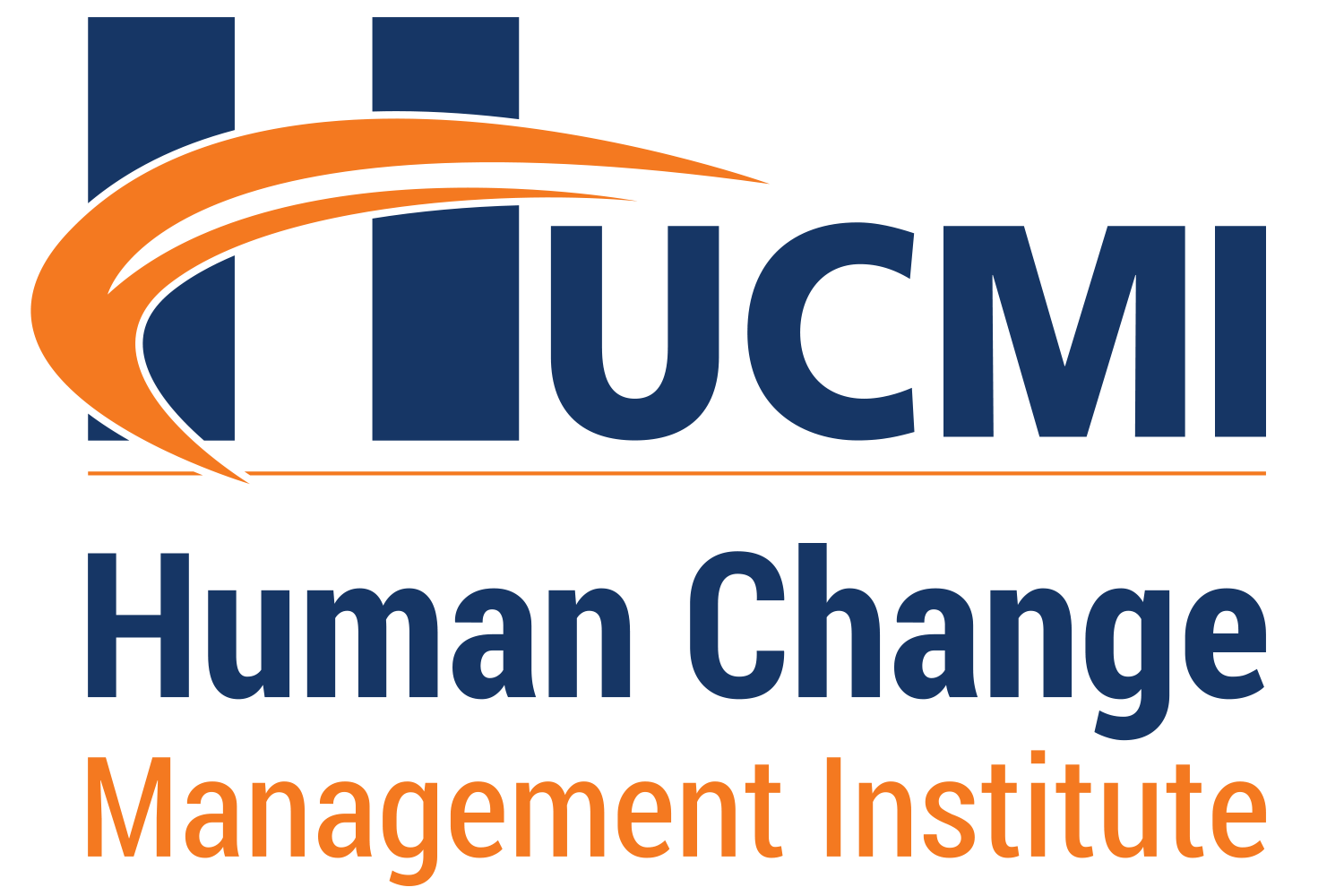Managing change goes far beyond operational aspects, often related only to communication and training. Of course, these activities are relevant and must be carried out, but when we talk about the leader as a change strategist, we refer to someone who operates by discussing, reviewing, and approving the Change Management Strategic Plan from the moment the project or program is approved.
Embarking on a change without a minimum strategic vision regarding stakeholder behavior and the factors that will influence their engagement or antagonism is akin to taking a flight without any flight plan, without knowledge of atmospheric conditions, and alternatives to mitigate risks.
A complex project will consider many variables so that a good strategy regarding the human side of changes can be developed. The change leader needs to understand the structure of the Change Management Strategic Plan since, ultimately, they will be responsible for approving it and monitoring its execution.
The structure of the Change Management Strategic Plan should address, but not be limited to, the following issues:
Sponsorship
Addresses the sponsorship structure defined for the project, considering who will be the sponsor and what their expected agenda for the project will be. Here we also define if there will be a committee (board) representing the sponsor and who will coordinate it.
Vision of the organization’s future state
Clearly describes what the change represents in the organization’s strategic context, how it will operate after the project’s implementation, and where it aims to reach. The vision is a communication element aimed at aligning everyone with the desired future, expectations, objectives, and goals. Knowing the direction the organization will take is fundamental to avoid speculation, dispel psychic insecurity, and engage employees in the changes.
Purpose and objective
While the objective deals with what the change is at the rational level, the purpose should explain why the change is necessary and important for the organization. The purpose aims to create an emotional connection for people with the change.
Goals and metrics
It comprises the goals and metrics discussed and approved in the business plan, preliminary project, and validated with the sponsor and other leaders involved in the changes. Goals and metrics will later serve to assess whether the introduced changes have become sustainable. That is, if they have been institutionalized in the organizational culture.
Elements of organizational culture
It is the description of the main elements of the organizational culture and their reflections on change. Here we also relate how these elements can influence stakeholders, whether as engagement or antagonism factors.
Maturity to deal with losses
It is the evaluation of the maturity level to deal with losses at the organizational and individual levels that can also influence the level of engagement or antagonism of stakeholders.
Trust
These are pieces of evidence showing the level of trust stakeholders have in their leaders and the organization. When the level of trust in the organization is low, actions should be presented to eliminate beliefs and myths that reinforce this perception and promote adjustments in the leaders’ discourse to reduce the impact of this factor on stakeholder engagement.
Antagonism factors/factors of resistance
These are factors that exacerbate antagonisms, create discomfort, and hinder the implementation or sustenance of change. Antagonism factors may be related to the change’s context, paradigms, issues arising from culture, organizational impacts, low maturity to deal with losses, and stakeholders’ trust level in leaders and the organization. Some may affect only one individual, while others touch several stakeholders simultaneously. Understanding the antagonism factors allows the development of actions that can reduce or eliminate their negative effects on the atmosphere of change.
Engagement factors
Engagement factors may be related to adequate communication of the benefits brought by the project, explicit sponsorship, high maturity level to deal with losses, the organization’s credibility with the functional body, resilient organizational culture prepared for continuous changes, opportunity for developing new skills and career evolution, recognition, and celebration plan. Some factors may affect only one individual, while others touch several stakeholders simultaneously. Identifying them allows the development of approaches to maximize their perception by stakeholders, accelerating adherence to changes.
Stakeholder Map
This is the most important tool for Change Management. This is where stakeholders are listed, and we evaluate their power and influence concerning the changes. It is also in this tool that we assess each stakeholder’s likely adherence to the changes. Based on the perception of engagement or antagonism, we will define approaches for these stakeholders. The perception of the sponsor, that is, the change leader, is very important since it brings a perspective from another angle due to their position in the organization.
Map of risks inherent to the human factor
The risk map is a project management tool in which we will list risks inherent to the human factor. These risks need to be eliminated, mitigated, or at least contingently managed. Their evolution should be monitored throughout the project, and their position may directly influence the decision of when to implement the project.
Roles and responsibilities
The clear definition of roles and responsibilities is an essential activity for alignment and communication of expectations in stakeholder performance. During the development of the Strategic Change Management Plan, we define the roles and responsibilities of the project team. Later, during the project’s execution, we define the roles and responsibilities of those who will work with the new product or service introduced by the project.
For this activity, we use the RACI Matrix, which is very useful due to its simplicity and ease of understanding. It’s important to remember that this is a tool with dynamic updates as we perceive new needs to define the boundaries of each stakeholder’s involvement with the project or, later, with the new operational model of the organization after implementing the changes.
Project management structure
The project management structure defines the governance model with authorities, roles, and responsibilities of each hierarchical level. It is also where we define parallel consultative structures that, although not deliberating on strategic or tactical project issues, create a sense of protagonism and belonging for stakeholders who are not part of the central project management organogram. Those involved in a managerial council, for example, are responsible for bringing their team’s perspective on changes, advising the project team, and monitoring stakeholder engagement levels under their responsibility.
Project team allocation and development plan
Each developed project will greatly influence the continuous transformation process of the organization. Planning the project team’s allocation will require negotiations because, often, the most suitable professionals to design the organization’s future are those with the best performance in their areas of expertise. Their absence from their original departments can create conflicts with departmental leaders who may experience some eventual drop in their areas’ productivity due to the temporary absence of these high-performing professionals. Negotiating the best possible team often requires intervention from the change leader. Conducting operational and repetitive activities is fundamental for a company’s good performance, but designing a promising future also involves having the most qualified team capable of rethinking the business and breaking the status quo. This is a dilemma that generally requires the participation of change leaders.
Identity
All of us, humans, are tremendously influenced by how intensely we identify with something. In change projects, it’s no different. Your role as a change leader is to monitor and help define identity elements, such as a logo and slogan, that will be used to create a sense of unity and mobilize stakeholders in general, but especially those directly affected by the changes.
Ordinary communications plan
It is in the ordinary communications plan that we define the channels, rituals, audience, message sender, and frequency. Communication is the most mentioned problem in managing projects and changes. Prepare to act in extraordinary communications that can only be defined as the project progresses.
Change sustainability strategy
A project must have a defined implementation date. However, we know that change is a journey, not an event. Not everyone will be ready to adhere to the changes immediately after their implementation. That’s why we need a stage for change sustainability, which requires physical and budgetary resources, involvement of leadership, and people focused on promoting engagement and mitigating resistance. Underestimating the importance of sustaining changes is a common mistake found in many projects. A day of dieting isn’t enough to lose weight. A day with a new habit isn’t enough to change a person’s life. Any change requires sustainability. Understanding, supporting, and sponsoring the change sustainability strategy is one of the essential activities of change leaders.
Kick-off plan
The Kick-off is a project launch event that marks the start of a “race” for change. Change leaders need to act as protagonists in these events. It is their responsibility to communicate the organization’s future vision, the purpose of the changes, objectives, and create an atmosphere of enthusiasm and motivation both in the project team and in the other stakeholders.
Budget
Change management activities, like any other, will require investments. Note that the biggest obstacle to change is organizational paradigms and people’s natural attachment to the status quo. Change isn’t easy for anyone. Not even for the change leader. Several activities such as the project Kick-off, team spirit formation workshops, motivation, stress management, celebrations, among many others, will require investments. You can save in many areas, but disregarding the need to invest in the human factor is a mistake that will demand a high price in terms of engagement, sometimes making the expected changes unfeasible.
You can explore more about change leadership reading this article: Managing changes isn’t the same as leading them.
Want to learn more about managing and leading organizational changes?
Visit our website https://hucmi.com/ and see the schedule of Change Management training and certification.
Follow us on social media: https://linktr.ee/hucmiinter


